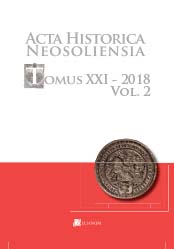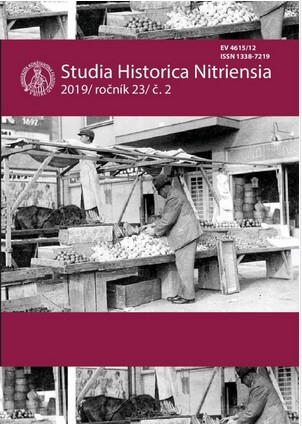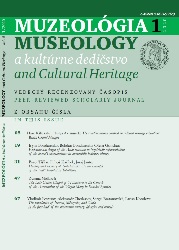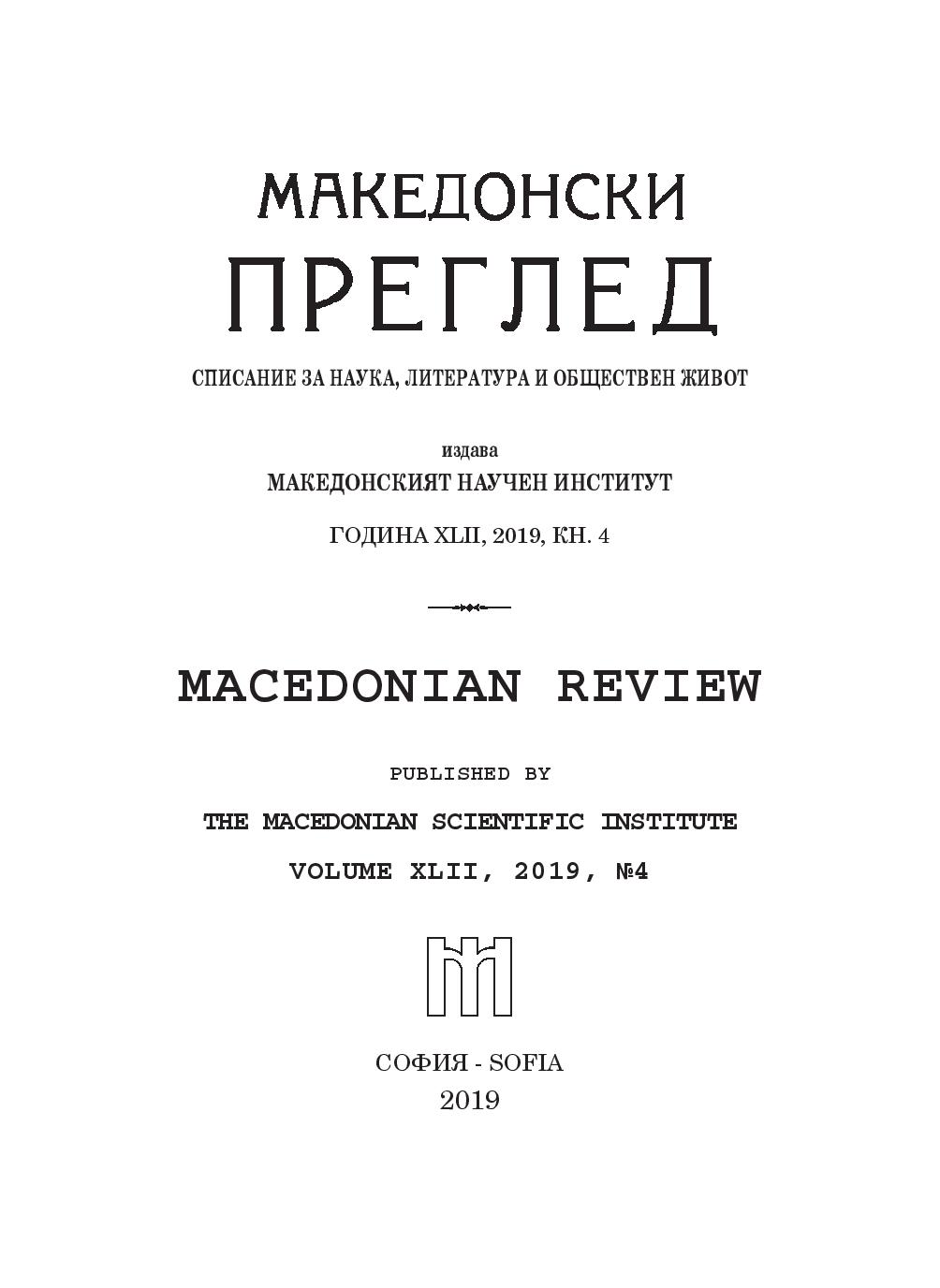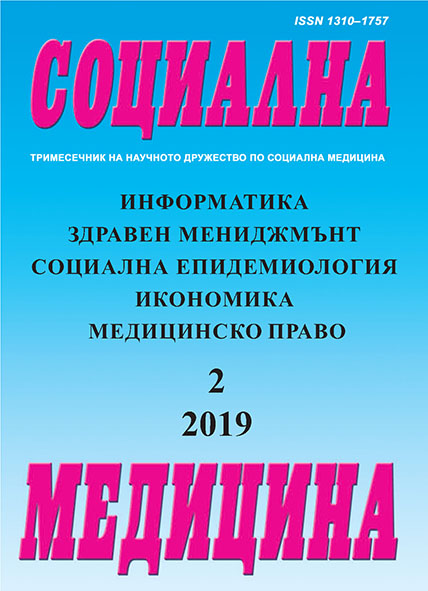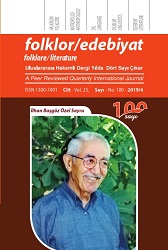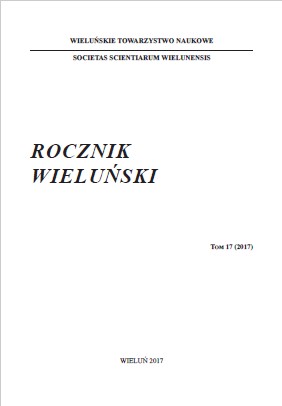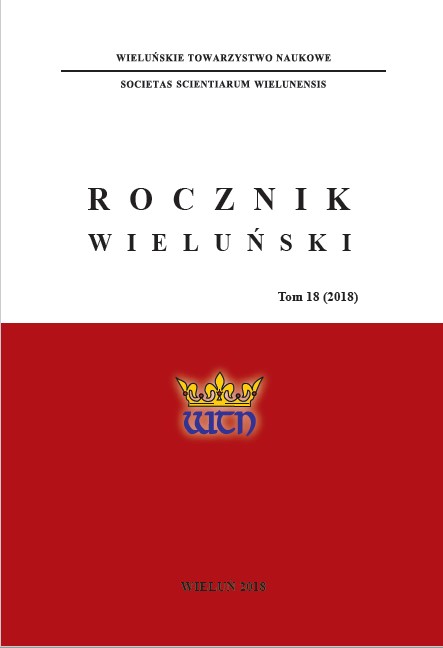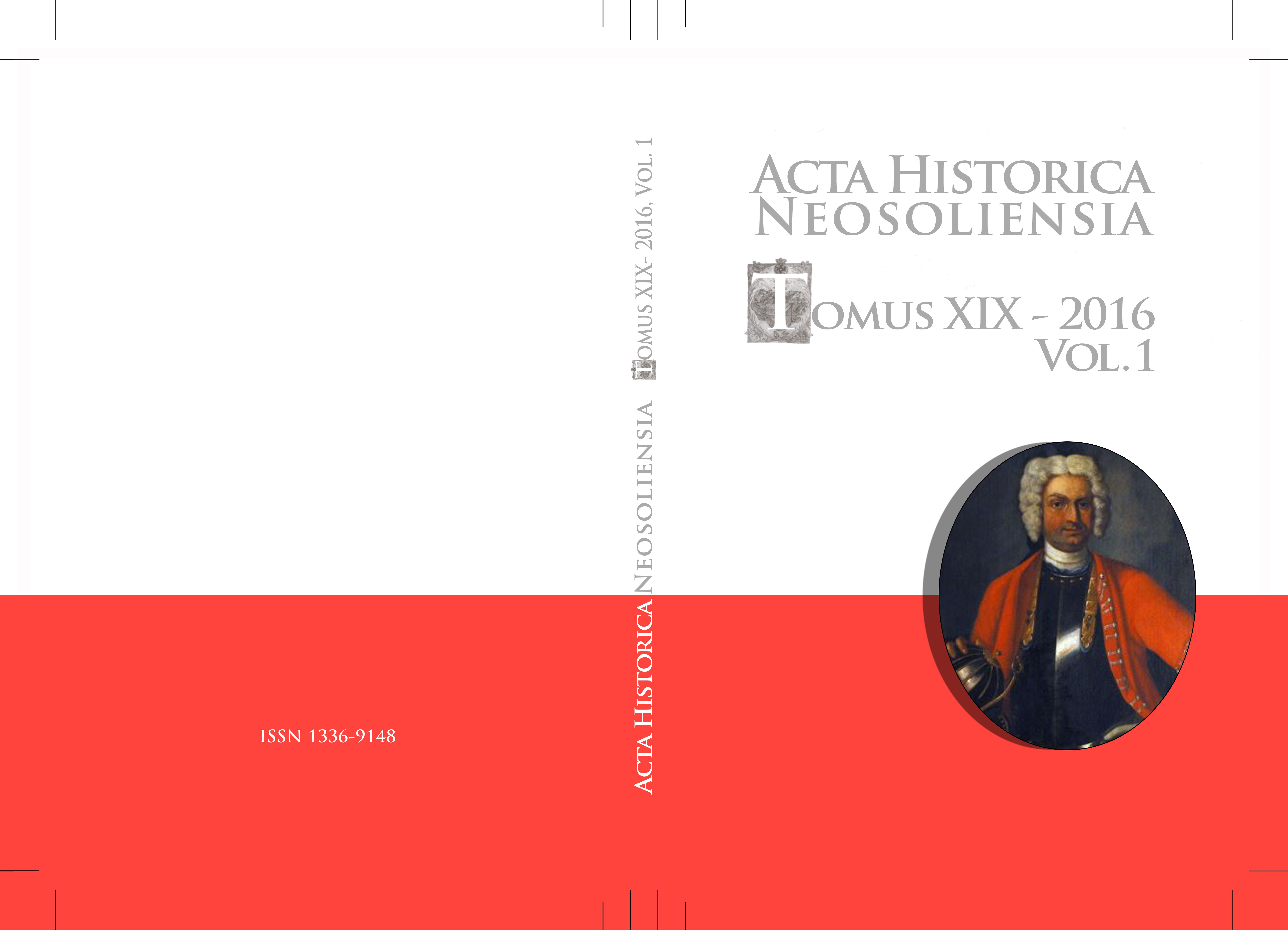
List Štefana Bočkaja adresovaný mestu Banská Bystrica (Szerencs, 24. marca 1605)
A letter of Stephen Bocskai written to the city of Banská Bystrica (Neosolium) from Szerencs is published and analyzed in this study, and the historical background is presented as well. The significance of this letter is shown by the fact, that it is the only known and yet unpublished letter of Bocskai addressed to Banská Bystrica. The copy of the document written in Latin can be found in the Österreichisches Staatsarchiv, Vienna. The letter can be connected to the military campaign in Spring of 1605 during the revolt of Bocskai against the Habsburgs (1604 – 1606) at the time of the Long or Fifteen Years’ War (1593 – 1606) between the Ottoman and Habsburg Empires. One goal of this specific cam-paign was to occupy the mining towns of strategic and economic importance, including Banská Bystrica. The campaign was led by one of the captain-in-chief of Bocskai, Ferenc Rhédey, operating in the region of Lower Hungary, north-west of the Danube. Bocskai tried to get the city of Banská Bystrica side with him with promises and threats. In this official letter the general complaints were enumerated, which led to the revolt (the offence of liberty and Protestant religion). The military and political successes achieved in Transyl-vania and in Upper and Lower Hungary are referred as well. The document contains some information about the movement of Turkish and Tartar auxiliary troops, who aided Bocskai as allies in the war against Emperor Rudolph. As we know from other sources, Rhédey at last occupied Banská Bystrica at 15 April, 1605.
More...
